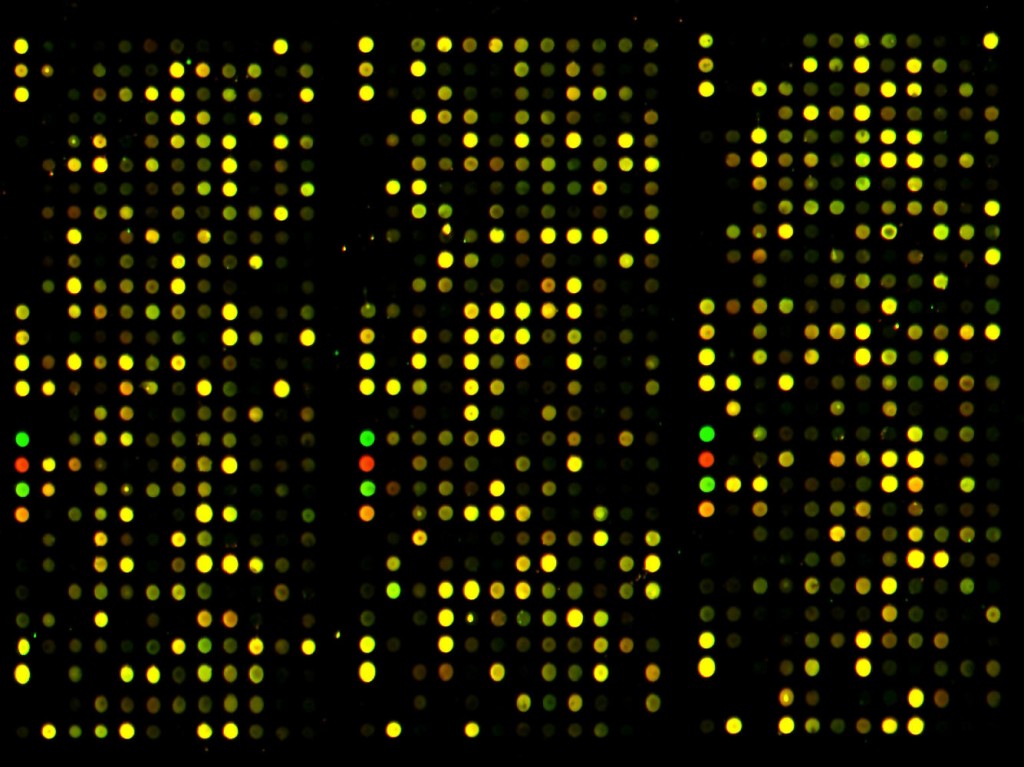Smart watches, Prenatal DNA Sequencing, UIltra-Efficient Solar Power, Memory Implants, and Deep Learning are among 10 Breakthrough Technologies 2013 issued by MIT Technology Review magazine, the most respected technology magazine.
Breakthrough technology is defined by MIT Technology Review an advance that gives people powerful new ways to use technology.
“Every year we pick the 10 technologies we think most likely to change the world. We are interested in how technologies can solve really hard problems, whose solution will expand human possibilities. These technologies are an expression of our preferences and emphases, and they grow out of our reporting over the previous year. This is the stuff we like,” said Jason Pontin, publisher and editor in chief at MIT Technology Review.
“As a whole, we intend this annual list not only to tell you which technologies you need to know about, but also to celebrate the creativity that produced them.”
2013 10 Breakthrough Technologies:
Smart Watches:
The designers of the Pebble watch realized that a mobile phone is more useful if you don’t have to take it out of your pocket.
· Pebble
· Sony
· Motorola
· MetaWatch.
Additive Manufacturing:
Skeptical about 3-D printing? GE, the world’s largest manufacturer, is on the verge of using the technology to make jet parts.
· GE Aviation
· EADS
· United Technologies
· Pratt & Whitney.
Supergrids:
A new high-power circuit breaker could finally make highly efficient DC power grids practical.
· ABB
· Siemens
· EPRI
· General Atomics.
Prenatal DNA Sequencing
Reading the DNA of fetuses will be the next frontier of the genomic revolution. But do you really want to know about the genetic problems or musical aptitude of your unborn child?
· Illumina
· Verinata
· Stanford University
· Jay Shendure, University of Washington.
Memory Implants
A maverick neuroscientist believes he has deciphered the code by which the brain forms long-term memories. Next: testing a prosthetic implant for people suffering from long- term memory loss.
· Theodore Berger, USC
· Sam Deadwyler, Wake Forest
· Greg Gerhardt, University of Kentucky
· DARPA
Temporary Social Media
Messages that quickly self-destruct could enhance the privacy of online communications and make people freer to be spontaneous.
· Snapchat
· Gryphn
· Burn Note
· Wickr
Baxter: The Blue-Collar Robot (Industrial Robotics)
Rodney Brooks’s newest creation is easy to interact with, but the complex innovations behind the robot show just how hard it is to get along with people.
· Rethink Robotics
· Universal Robotics
· Redwood Robotics
· Julie Shah, MIT.
Big Data from Cheap Phones
Collecting and analyzing information from simple cell phones can provide surprising insights into how people move about and behave – and even help us understand the spread of diseases.
· Caroline Buckee, Harvard University
· William Hoffman, World Economic Forum
· Alex Pentland, MIT
· Andy Tatem, University of Southampton.
Deep Learning
With massive amounts of computational power, machines can now recognize objects and translate speech in real time. Artificial intelligence is finally getting smart.
· Google
· Microsoft
· IBM
· Geoffrey Hinton, University of Toronto.
UIltra-Efficient Solar Power
Doubling the efficiency of a solar cell would completely change the economics of renewable energy. Nanotechnology just might make it possible.
· Harry Atwater, CalTech
· Albert Polman, AMOLF
· Eli Yablonovitch, UC Berkeley
· Dow Chemical.



